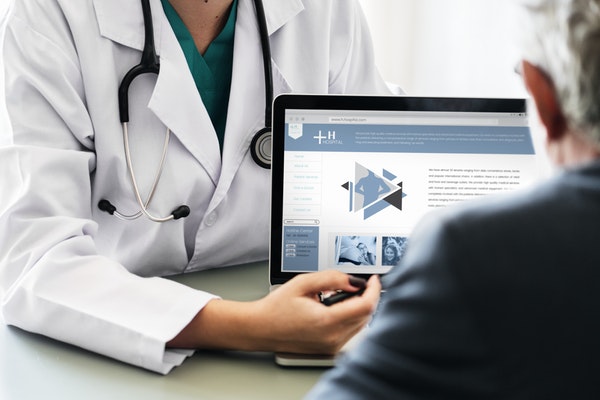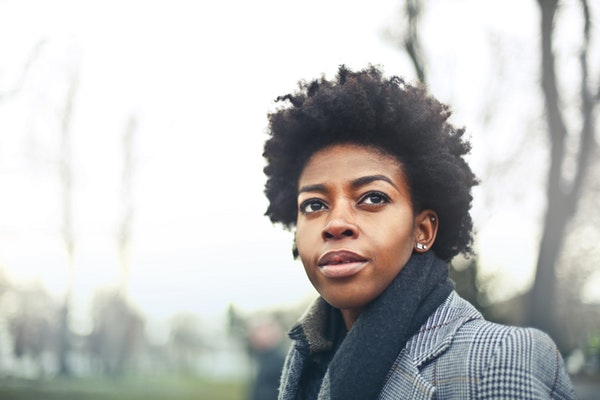Quick Fibroid Facts
Do hair relaxers cause uterine fibroids? According to a study published in the American Journal of Epidemiology, it’s possible. But first, let’s start with the facts. What do we know about fibroids and what do we know about hair relaxers? Fibroids are tumors that are almost always benign, meaning non-cancerous. They develop in most women before the age of 50. Symptoms include, heavy and long lasting periods, pelvic pain, frequent urination, constipation and back and leg pain. But, a concrete cause of uterine fibroids is still unknown. It’s even more unclear on why black women are more likely to get them. Yet, there are many plausible theories. In the last few years, hair relaxers and hair products targeted toward black women are under the microscope as a possible cause.
Continue reading “The Truth About Hair Relaxers and the Link to Uterine Fibroids”






 range in size. Some
range in size. Some 


